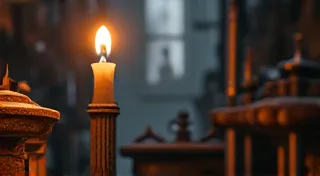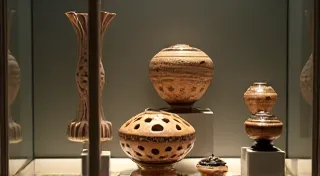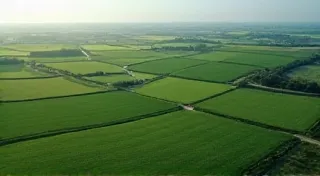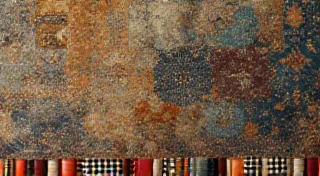The Oracle of Pigment: Deciphering the Secrets in Ribbon Color Variations
The rhythmic clatter of a vintage typewriter is a sound freighted with history, a tangible link to an era of deliberate composition and considered correspondence. But beyond the mechanics, beyond the keys and the levers, lies a quiet, often overlooked, detail: the ribbon. These unassuming strips of fabric, once the conduit for ink and a vital part of communication, hold within them a fascinating story – a story written not just in words, but in the very colors they bear. It's a story I’ve spent years piecing together, often while hunched over my workbench, the scent of aged ink and fabric filling the air.
My journey into the world of antique typewriter ribbons began, as many do, with a single, particularly captivating piece. It was a Smith Corona Silent, rescued from a dusty attic, complete with a ribbon the color of faded amethyst. It wasn’t the usual black; it wasn’t even a predictable brown. It was something more, something enigmatic. It sparked a curiosity that quickly evolved into an obsession.
Most modern-day users wouldn’t think twice about the color of their ribbon. Black, red, or perhaps a muted blue – functional, consistent, and readily available. But in the early decades of the 20th century, typewriter ribbons were a vibrant landscape of hues. From deep burgundy to a startling turquoise, manufacturers experimented with pigments, creating ribbons that reflected not only aesthetic preferences but also the technological limitations and artistic trends of the time.
The Chemistry of Color: Early Ink Formulations
The color of a typewriter ribbon isn’t simply a matter of choosing a pigment; it’s a reflection of the complex chemistry involved in ink formulation. Early typewriter ribbons were typically dyed using aniline dyes, a relatively new class of synthetic dyes derived from coal tar. These dyes offered a broader spectrum of colors than the traditional natural dyes derived from plants and insects. However, the process wasn’t precise. Batch variations in dye production, inconsistencies in the fabric dyeing process, and the interaction of dyes with the ribbon fabric all contributed to the subtle and sometimes dramatic color variations we see today. Understanding these variations and the patterns of bleed and smudging they create is vital for both collectors and restorers – a topic explored in detail in "The Cartography of Fading: Mapping Ink Bleed and Smudging Patterns".
Consider the differences between a ribbon dyed with a ferrous lake pigment versus one utilizing an alizarin-based dye. The former would likely exhibit a more muted, brownish tone, susceptible to fading and discoloration due to oxidation. The latter, often found in deeper reds and purples, tended to be more lightfast but could also suffer from bleeding issues, particularly on absorbent paper.
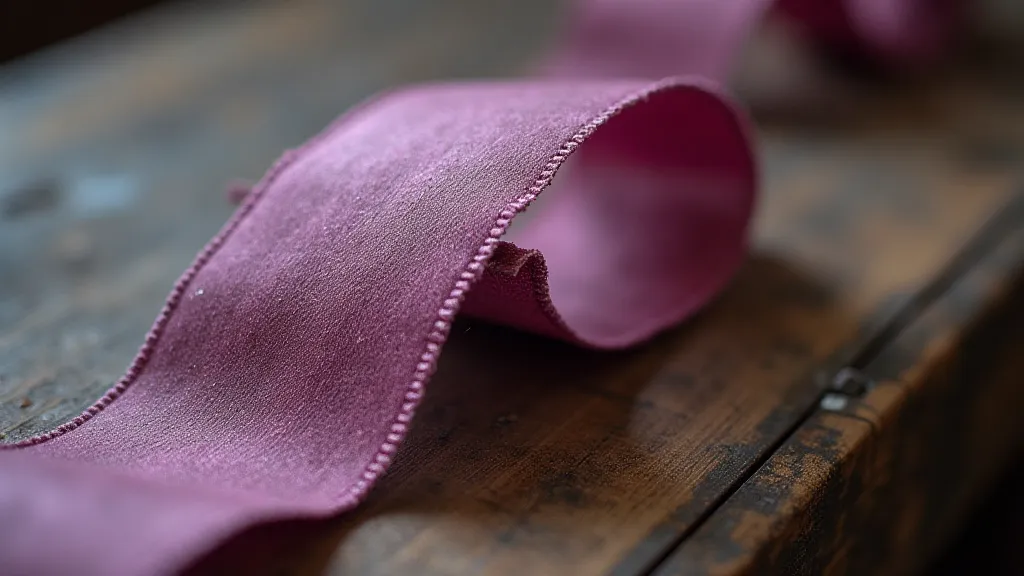
Understanding Variations: A Collector's Insight
The subtle nuances in ribbon color offer invaluable clues for collectors and restoration enthusiasts. A vibrant, almost neon green ribbon from a 1920s Underwood is likely a rare find, indicative of a specific dye lot and potentially a small-scale production run. Conversely, a heavily faded brown ribbon on an Imperial typewriter suggests prolonged exposure to light and humidity, common culprits in ribbon deterioration.
It’s not always about rarity, though. Sometimes, it’s about understanding the original intent. A deep burgundy ribbon on a Corona Standard might seem unremarkable at first glance. But upon closer examination, the faint traces of a slightly different shade concentrated around the edges – a telltale sign of a subsequent, slightly altered dye lot – reveal a fascinating glimpse into the manufacturing process. It speaks to a company striving for consistency while also adapting to evolving material costs and available pigments. The processes used to achieve these colors were often complex and required the skilled hand of an "alchemist" – a topic explored further in "The Alchemist's Formula: Reversing the Entropy of Damaged Ribbons", which details the steps taken to counteract the natural degradation of these historical artifacts.
I once spent months tracking down a typewriter ribbon that matched the original color on a 1915 Royal. The original was a particular shade of teal, far more distinctive than the standard blues of the era. It wasn't just about aesthetics; it was about preserving the typewriter's historical integrity, maintaining its authenticity as a tangible piece of the past. Finding that perfect match felt like uncovering a lost treasure. The difficulty of tracing these faded remnants – sometimes just a ghost of their original hue – has led to the development of specialized techniques to reveal these traces, detailed in " "The Cartographer of Absence: Tracing Faded Ink on Antique Ribbons".
The Fabric of Time: Ribbon Materials and Longevity
Beyond the ink itself, the fabric used for typewriter ribbons played a crucial role in their longevity and appearance. Early ribbons were often made of silk, prized for its absorbency and smooth printing surface. Silk ribbons tend to be more durable and produce sharper impressions, but they are also more susceptible to damage from moths and humidity. Later ribbons transitioned to acetate and nylon, which offered improved durability and resistance to environmental factors but often at the expense of printing quality.
The weave of the fabric also matters. A tight, densely woven ribbon will produce a sharper impression and be less prone to shedding ink, while a looser weave might result in a softer, more diffused print.
The deterioration of these materials over time is a constant challenge for restorers. The silk can become brittle and prone to tearing, the acetate can yellow and crack, and the nylon can lose its elasticity. Each material requires a specific approach to preservation and repair, demanding a deep understanding of their unique properties.
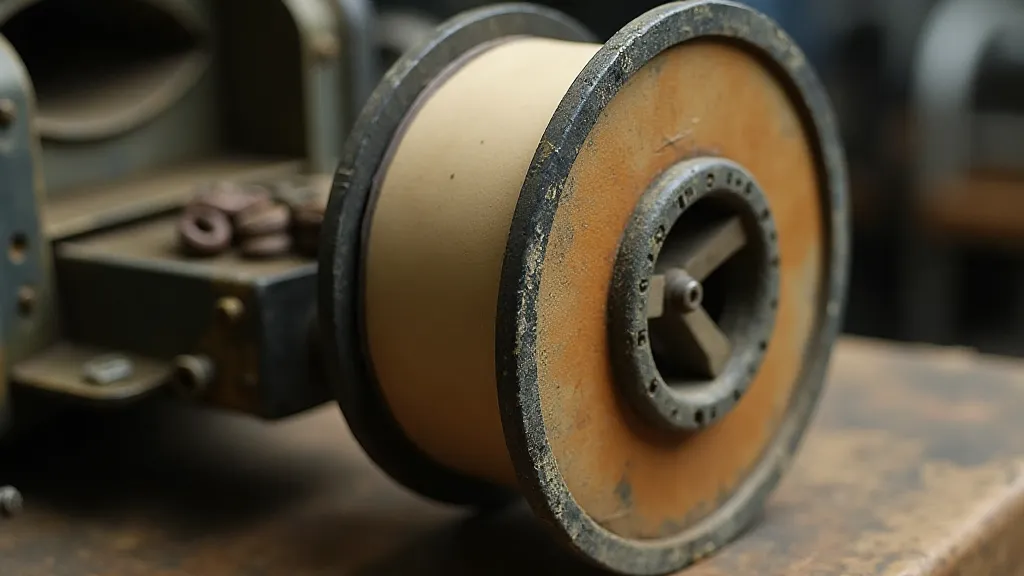
The Emotional Resonance of Color
But perhaps the most compelling aspect of antique typewriter ribbons is the emotional resonance their colors evoke. They are more than just functional objects; they are fragments of a bygone era, whispering tales of personal correspondence, business transactions, and creative endeavors. The faded purple of a ribbon used by a poet, the deep burgundy of a lawyer’s legal documents, the turquoise of a child’s handwritten story – each color carries a unique emotional weight.
The colors remind us of the deliberate pace of life in a time before instant communication. They remind us of the craftsmanship and attention to detail that characterized early 20th-century manufacturing. They remind us of the enduring power of the written word.
Preserving the Legacy: Restoring and Appreciating
For those of us drawn to the beauty and history of antique typewriters, the preservation of their ribbons is paramount. Careful handling, proper storage, and, when necessary, expert restoration can help ensure that these fragile artifacts endure for generations to come. Understanding the composition of these ribbons, from the pigments used to the very fibers of the fabric, is crucial for successful preservation.
It’s a humbling task, piecing together these fragments of history, but also a profoundly rewarding one. It’s a chance to connect with the past in a tangible way, to appreciate the artistry and ingenuity of those who came before us, and to safeguard the legacy of the typewriter for future generations.
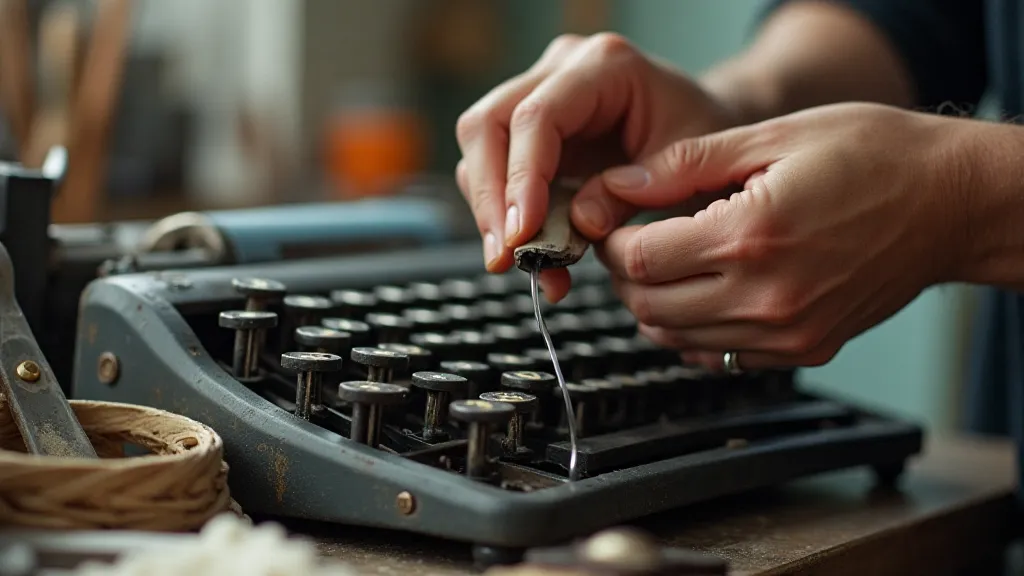
The next time you encounter an antique typewriter ribbon, take a moment to observe its color, its texture, its scent. Consider the story it might tell. You might just find yourself transported to another time, captivated by the oracle of pigment and the enduring legacy of the typewriter. Examining the materials and processes employed in creating these unique artifacts provides a window into a specific moment in history.
